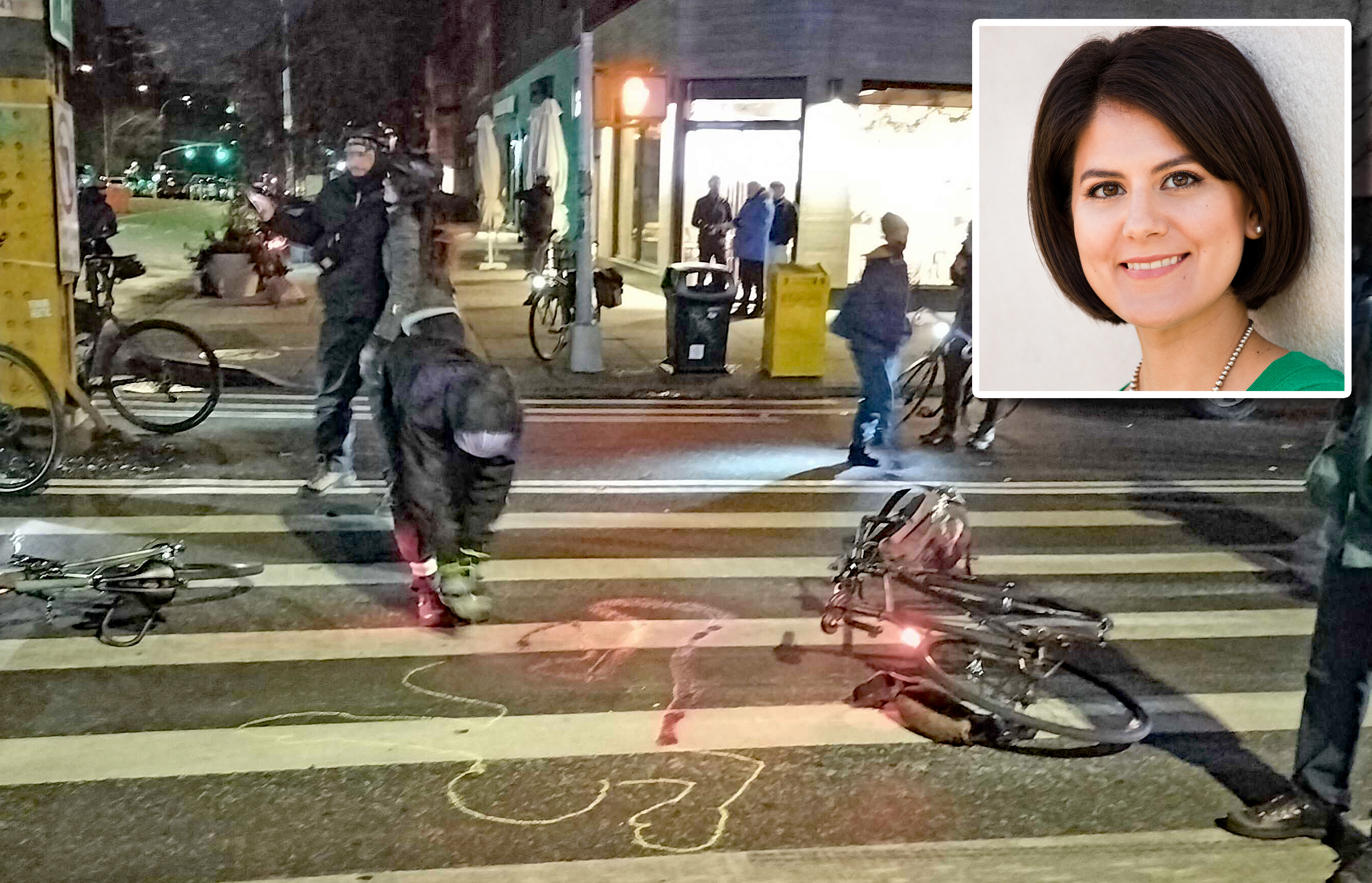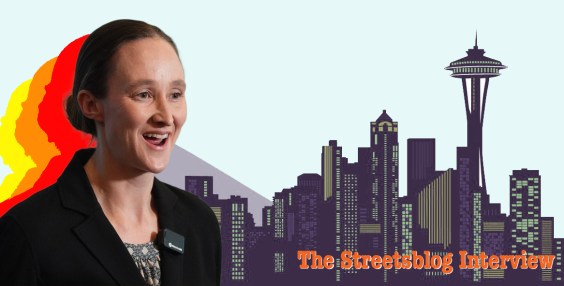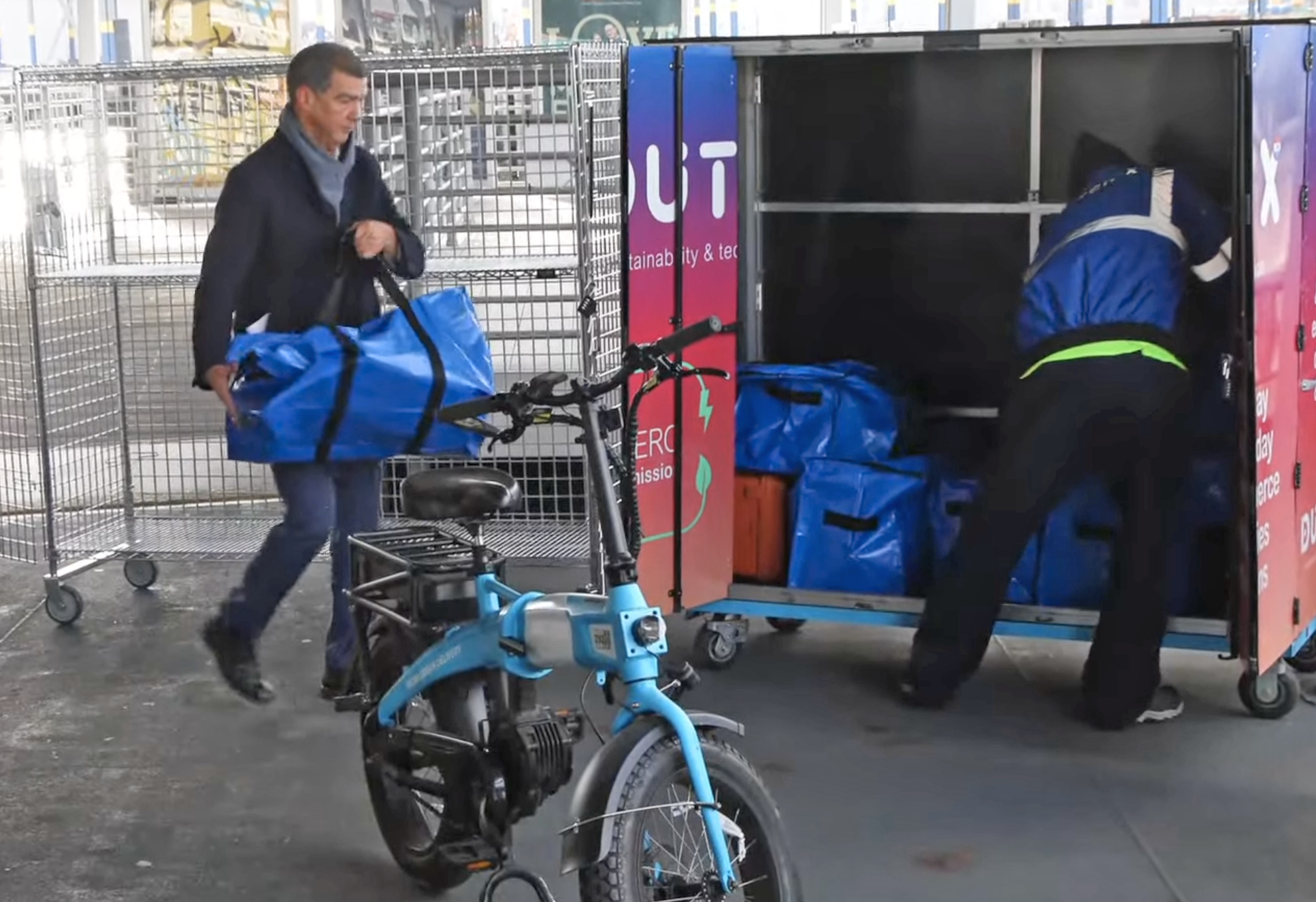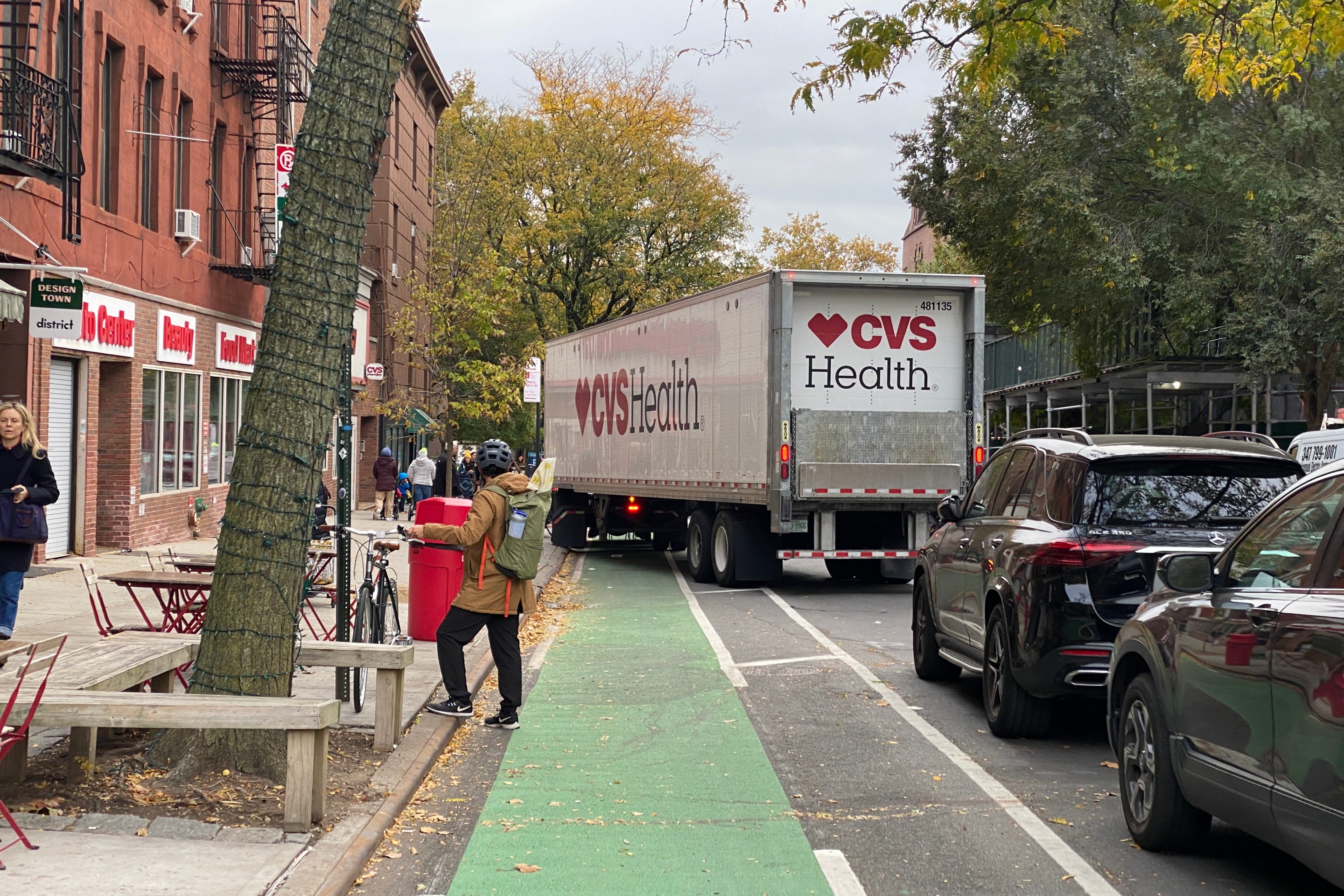We do a lot of transportation coverage at Streetsblog, but, as we all know, the way people get around fits into a bigger picture: the way communities function. When we talk about streets we're also talking about job access, quality of life, sustainability and health.
Cities around the country are getting better at recognizing how these elements are interrelated, and planning for the best outcomes on multiple levels. Most places still have a long way to go, though, so we're going to need some way to gauge how they're doing.
Reconnecting America recently released a report that attempts to measure cities' progress toward these wider goals, or community "completeness." The idea is to establish a new standard for assessing entire communities, in the same spirit as one would assess transportation infrastructure using the concept of complete streets.
Here's what Transportation for America's David Goldberg had to say upon the report's release:
This report analyzes 366 metro areas to identify where they have complete communities, as well as “opportunity areas” that have the bones that can be fleshed out as complete communities. Amassing a wealth of indicator statistics, the report then gives every region a letter grade in four areas: Living, Working, Moving and Thriving.
For “living”, the authors looked at indicators such as how many homes were within easy reach of a rail line or bus rapid transit, how many were living in “opportunity areas”, etc. Similarly, “working” statistics examined how many jobs are within reach of transit and walkable neighborhoods, and how densely jobs are concentrated. “Moving” looks at how robust the transit network is and how safe or dangerous the streets are for people on foot, among other indicators. And “thriving” assesses health measures, such as asthma and obesity rates and the prevalence of food deserts and fast food outlets.
Under this grading system, among regions over 3 million, New York and San Francisco each get straight A’s. Riverside, CA, gets all D’s, while Atlanta and Dallas each get a C and three Ds. Valedictorians among those 500,000 to 3 million include Portland and San Jose, while Richmond and Greenville, SC join the remedial class.
Check out the whole report for the handy letter-graded assessment of your community.
Elsewhere on the Network today: Steven Can Plan wonders why members of the Institute of Transportation Engineers don't publicly decry dangerous road designs that are part of the landscape of every city, as the organization's code of ethics would seem to demand. Streets.mn examines why so many Americans are tempted to text and drive. And Cap'n Transit explores what makes New York City's Fifth Avenue so wonderful.






